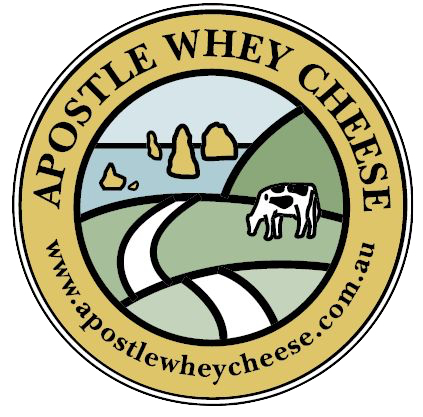Dairy Life | Part 5
Welcome to the fifth instalment in our Dairy Life series, which follows the life of one of our dairy heifer calves, right through to her becoming a working milker.
The health and wellbeing of our animals is critical to the quality of our milk and by extension the taste and success of our cheeses. Every decision we make on our farm is designed to produce the highest quality milk possible.
This Dairy Life series aims to help our customers, and other people who aren’t farmers, better understand the intricacies of environmentally sustainable dairy production. It is a way of life that we love, but it’s also a highly demanding job that requires a good education, lots of training, extensive experience and the ability to understand and apply complex aspects of animal and agricultural science.
So please enjoy Part 5 of the series and feel free to ask questions, make comments and interact with each other through the comments section of this blog.
It’s been nine months since we last updated you all on the progress of Briney. That’s because that period of dairy calves’ lives (from 4-13 months) is relatively uneventful.
We’re pleased to report though that Briney is still doing everything right and is well and truly on track to join our dairy herd in February 2018.
Briney turned one on February 15 this year and is still at our home farm with the same group of mates she’s been with since she arrived in the world.
Earlier this month, she became a big sister to another strong heifer calf. Her sister and her group of mates have now begun the same journey Briney has been on.
Since we last updated you in mid-June, Briney has piled on over 150kg to now weigh approximately 280kg.
Every day she receives a kilogram of grain and every few days we supplement the natural pasture in our paddocks with some extra silage to maintain her steady weight gain.
In almost every way, Briney has turned into a perfect example for this Dairy Life series. Her weight has increased by 800g a day on average, which is consistent with our planning.
Right now, in mid-March, the natural conditions are as dry as they have been and unfortunately, the dry weather leads to increased incidences of eye infections like pink eye.
We monitor all our stock very closely for things like this and while we have had some animals that have required treatment Briney has escaped any issues, which is great.
Briney’s group recently received a 7-in-1 vaccine, which is part of our normal process to safeguard the calves from things like blackleg, pulpy kidney, tetanus and oedema.
The vaccine is purely preventative to try and make sure that the calves don’t have any set backs that would cause them to become less valuable to our business.
So the next big exciting step for Briney will occur on April 25 when two angus bulls go in her paddock to do their thing and impregnate the group.
Traditionally, we’d used jersey bulls to cover the maiden heifers. The calves from these first-time mothers generally don’t play a role in the herd and therefore, as many of you know, they had very little monetary value.
So, what we’ve done now is use this first year of breeding to produce angus-cross calves that we can sell to the beef market and make a bit of extra money from.
Once Briney’s group has been covered by the angus bulls, we’ll complete some preg-testing before they are relocated towards the end of May to gestate until calving time.
Our other exciting news is that previously we used to move these pregnant heifers to a corporate farm for this period because we simply didn’t have the room. However, our son Luke has just purchased 100 acres about 8km up the road.
Instead of paying someone else to look after our cows, now Luke can now run them on his property and we can maintain complete control, which is very much in line with our business model to deliver a fully-integrated fresh milk and cheese business.
So for now, that’s where we leave Briney’s story until we can report the next stage in her journey to become a mother and working milker in our herd.



